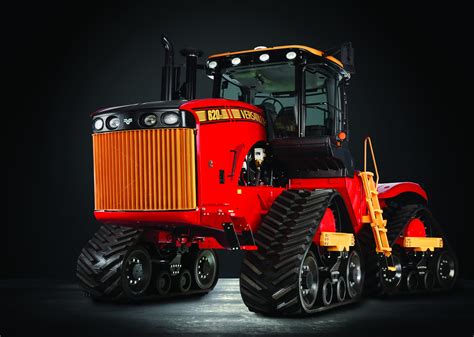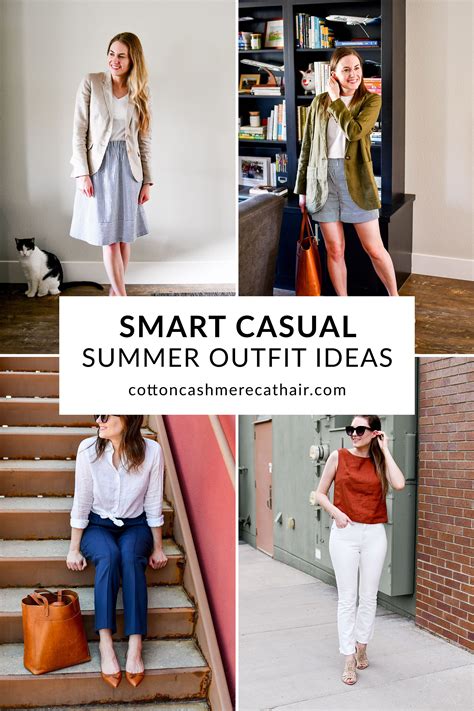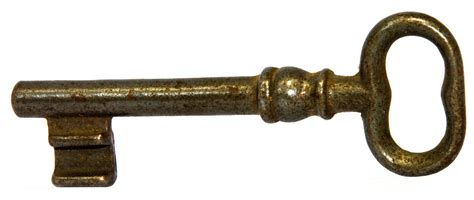Building a wardrobe that effortlessly navigates the demands of both professional environments and leisure time is a cornerstone of modern men’s style. The smart-casual aesthetic strikes the perfect balance, offering sophistication without stiffness and comfort without sloppiness. This guide will walk you through the essential components and principles to construct a truly versatile smart-casual wardrobe.
Defining Smart Casual: The Sweet Spot
Smart casual is often misunderstood, leading to either overly formal or excessively relaxed choices. At its heart, it’s about polished comfort. Think of it as dressing a step up from casual but a step down from traditional business attire. It’s an adaptable dress code that prioritizes well-fitting, quality garments that can be mixed and matched to suit various occasions. The key is intentionality – every piece should look like it belongs.
This style embraces a blend of traditional menswear staples with contemporary touches, focusing on good fabrics, clean lines, and a tailored, but not restrictive, fit. It’s the go-to for many modern workplaces, dinner dates, weekend brunches, and casual social gatherings.

The Foundation: Core Wardrobe Components
Shirts: The Upper Half’s Versatility
- Button-Down Shirts: Oxford cloth button-downs (OCBDs) are non-negotiable. In white, light blue, and perhaps a subtle stripe, they work with chinos for work or untucked with dark jeans for the weekend.
- Polos: A step up from a T-shirt, a well-fitting polo in pique cotton or merino wool adds a touch of sportiness without sacrificing polish. Opt for classic colors like navy, white, and black.
- Casual Shirts: Think chambray, linen, or flannel shirts. These provide texture and character, perfect for layering or standalone wear on weekends.
Trousers: More Than Just Jeans
- Chinos: The undisputed king of smart-casual trousers. Khaki, navy, olive, and grey chinos are fundamental. Look for a slim or straight fit that’s neither baggy nor skinny.
- Tailored Trousers: Wool or cotton-blend trousers in charcoal, navy, or mid-grey offer a sharper edge for work. Their inherent smartness means they can easily be dressed down with a polo or casual shirt.
- Dark Wash Jeans: A pair of well-fitting, dark indigo, straight-leg or slim-fit jeans without distressing can be a smart-casual staple when paired with the right top and footwear.

Outerwear: Layering for Impact
- Blazers: A versatile navy or grey unstructured blazer is essential. It instantly elevates any outfit, perfect over a shirt for work or a T-shirt for evening plans.
- Utility or Field Jackets: A well-made casual jacket in cotton or canvas offers a rugged yet refined layer for cooler weather, excellent for weekends.
- Cardigans/Knitwear: Merino wool V-neck or crew-neck sweaters and cardigans in neutral colors provide warmth and a sophisticated layer.
Footwear: Stepping Up Your Game
- Loafers or Derbies: Leather loafers or classic leather/suede derby shoes bridge the gap between formal and casual.
- Clean Sneakers: White leather minimalist sneakers are a smart-casual hero, pairing surprisingly well with chinos and even tailored trousers for a modern look.
- Desert Boots/Chukka Boots: Comfortable and stylish, these are great for adding a touch of rugged refinement to weekend outfits.

Building Cohesive Outfits & Color Palettes
The magic of a versatile wardrobe lies in its interchangeability. Stick to a predominantly neutral color palette – navy, grey, white, beige, olive, and charcoal. These colors are easy to mix and match and provide a sophisticated base. You can then introduce pops of color through accessories or a single statement piece like a patterned shirt.
Focus on fit above all else. Clothes that fit well instantly look more expensive and refined. Invest in tailoring if necessary; a slight adjustment can make a world of difference. Pay attention to fabric texture – mixing different textures (e.g., a cotton chino with a wool blazer) adds depth to an outfit.

Transitioning from Work to Weekend
The beauty of a smart-casual wardrobe is its inherent adaptability. Many pieces can pull double duty with minor adjustments:
- Work: Tailored trousers, an OCBD, a blazer, and loafers.
- Weekend: Swap the tailored trousers for dark wash jeans or chinos, ditch the blazer for a utility jacket or a knit, and trade loafers for clean sneakers. The OCBD can remain, untucked and sleeves rolled up, or be replaced by a polo or casual shirt.
Accessories play a crucial role. A quality leather belt, a stylish watch, and perhaps a subtle pocket square can elevate a look for work, while a simple leather bracelet or a casual canvas belt might be more appropriate for the weekend.

Investment Pieces & Quality Over Quantity
While you don’t need to break the bank, investing in fewer, higher-quality items will serve you better in the long run. Quality fabrics, robust construction, and timeless designs ensure longevity and better drape. Pieces like a good wool blazer, well-made leather shoes, and sturdy chinos are worth the investment as they form the backbone of countless outfits.
Building a versatile smart-casual wardrobe is an ongoing process of refinement. By focusing on core pieces, understanding fit, and mastering the art of mixing and matching, you’ll create a functional, stylish, and adaptable collection that serves you perfectly, no matter the occasion.



